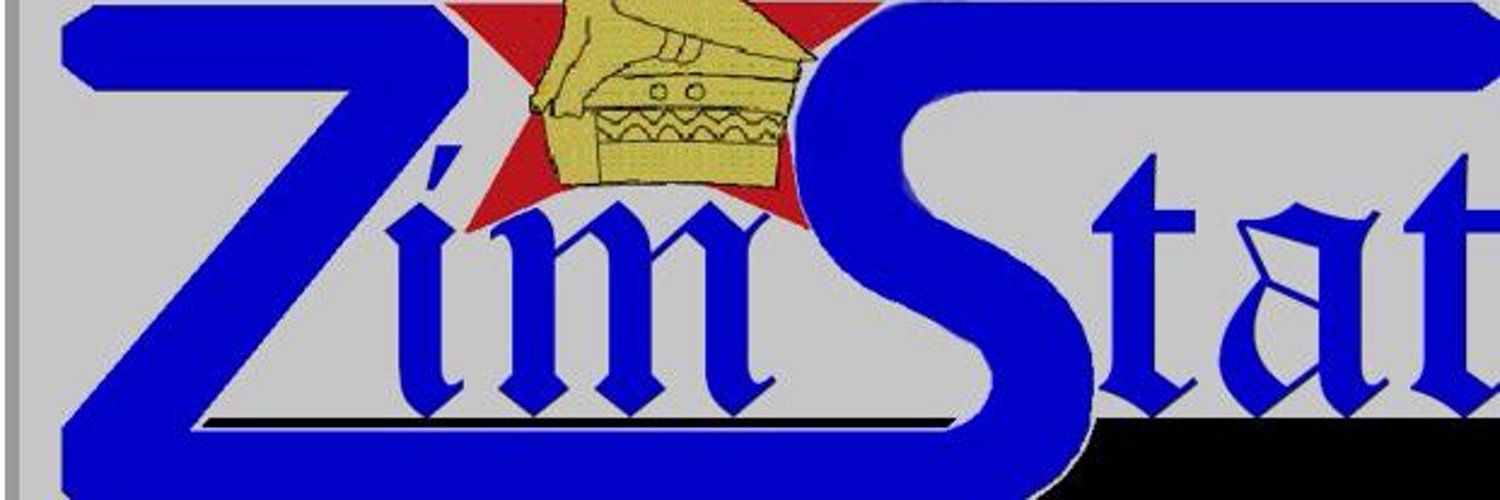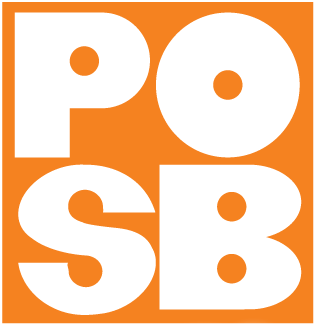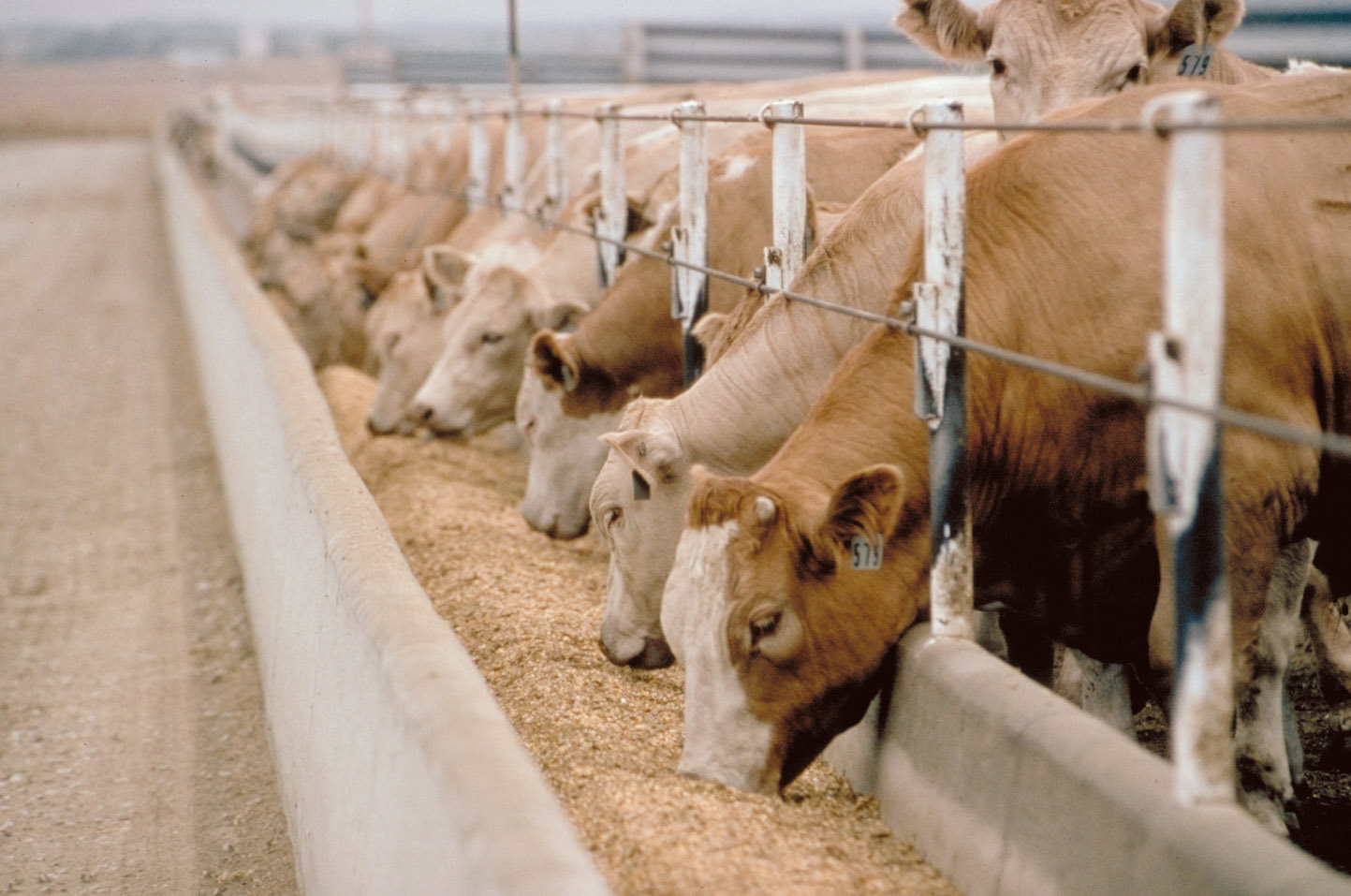Govt pledges support for livestock industry
THE Government has pledged to give maximum support to initiatives that enhance local livestock feed and fodder production, as the country moves to drive growth in livestock production.
Lands, Agriculture, Fisheries, Water and Rural Development Deputy Minister Vangelis Haritatos said this at the national inception workshop and launch of the Resilient African Feed and Fodder Systems (RAFFS) project.
The RAFFS project, which is an African Union and Inter African Bureau for Animal Resources (AU-IBAR) initiative funded by the Melinda and Bill Gates Foundation, is aimed at assisting member states to understand the effect of recent and ongoing global crises on the African feed and fodder systems.
The last four years have proved very challenging with multiple global crises, particularly severe events like climate change, Covid-19, and the Russia-Ukraine conflict all of which occurred in quick succession and with compounding effects, highlighting vulnerabilities in Africa’s livestock systems.
As such the project looks to mitigate the effects of conflict, Covid 19, and climate change.
Zimbabwe along with six other countries that include Cameroon, Nigeria, Somalia, and Uganda have been identified as the beneficiaries to be supported under the initiative.
AU-IBAR, through collaborative funding between the Bill and Melinda Gates Foundation and the African Union Commission, is implementing the emergency action programme of the RAFFS project through short-term interventions to enhance access to affordable and quality feed and fodder which is critical to ensuring sustainable production of animal-sourced foods.
Livestock feeding constitutes 60-70 percent of the total cost of livestock production and Africa’s feed and fodder resources have been greatly affected by these global triple C crises.
To address the nutrition issues affecting the livestock industry, the Government has introduced various measures, which include the Presidential silage scheme, the Presidential legume pasture programme (creation of fodder banks) and the Presidential borehole drilling programme to mitigate water shortage and improve access to irrigation water.
However, according to the Ministry of Lands, Agriculture, Fisheries, and Rural Development, the growth of the livestock sub-sector has been characterized by low production and productivity as evidenced by low off-take, low fertility, high mortality and morbidity, low carcass weight, poor quality and inability to effectively compete on export markets.
The major challenges affecting the livestock sector include animal health, sanitary and food safety issues, availability of adequate nutrition (feed, pastures, fodder, and water), genetic improvement issues, access to infrastructure suitable for accessing lucrative domestic, regional and international markets Low investment in the sector
Addressing delegates at the RAFFS inception workshop, Deputy Minister Haritatos said the crises have exposed the significant weaknesses and vulnerabilities in the country’s feed and fodder input.
He said the RAAFS project dovetails with the objectives and goals of the National Development Strategy 1 (NDS1) and is in line with the livestock growth plan which was crafted to address the challenges bedeviling the livestock subsector.
“The livestock sector, like all other sectors in Zimbabwe, has not been spared by the negative effects of the current and ongoing global crises such as recurrent droughts and other climatic vagaries, effects of the Covid era, Ukraine war. These have contributed, either directly or indirectly, to low production and productivity of the livestock sector and its upstream and downstream industries.
“In an effort to address these challenges, the government produced the Livestock Growth Plan, a blueprint with strategies to improve livestock production and productivity. One of the pillars addressed in the growth plan is Livestock Nutrition,” said Deputy Minister Haritatos.
Livestock and livestock products contribute significantly to the Zimbabwean economy, with cattle accounting for 35-38 percent of the Gross Domestic Product (GDP) contributed by the Agricultural Sector.
It is estimated that up to 45 percent of rural households own cattle, 60-80 percent own goats, while over 80 percent own chickens.
According to the Deputy Minister performance of the veld, which forms the basic source of feed for grazing livestock, has been negatively impacted by the droughts, while stock feed manufacture has been negatively impacted in terms of raw materials and other inputs availability.
The livestock sector has been identified as an important element of the Food Systems and Rural Transformation strategy which emphasises building synergies between health and nutrition, inclusive livelihoods, environmental sustainability, and food system resilience.
Speaking on behalf of AU-IBAR Director at the same event, Miss Patricia Lumba expressed gratitude to the Government of Zimbabwe, for prioritizing the development of the feed and fodder sector.
“One of the result areas of the RAFFS Project is the empowerment of women in the feed and fodder and the livestock sourced foods value chains.
“AU-IBAR eagerly anticipates collaborating with you to amplify the significance of the feed and fodder sector. This focus has the potential to significantly impact key development and economic indicators within Zimbabwe’s livestock production.
“We aim to bolster livestock production and attain food and nutrition security,” said Ms Lumba.
Zimbabwe African Women in Animal Resources Farming and Agribusiness Network (AWARFA-N) Chairperson, Miss Jacqui Gowe this was a timeous gesture by AU to give the looming El Nino which will likely affect Zimbabwe.
She said through the initiative Zimbabwe will be able to mitigate livestock death and poor nutrition through the provision of quality feed and fodder.
“We see this as a stepping stone for us as women to improve where we lack because there is a huge gap between our productions and processing which is the feed. You find that the carcasses of our goats for instance have very little weight because of the lack of quality feed and fodder.
“We want the fund to give rural farmers the inputs to be able to produce feed, this is a new thing, and ordinarily they were involved in maize and other crops production.
“We want them to get the Lucerne, velvet beans which they can also feed to their livestock. Our main objective now is to see the implementation of the project,” said Mrs Gowe.
The project will have a three-year tenure to 2026 but is likely to continue with the other three years to 2029.
herald










